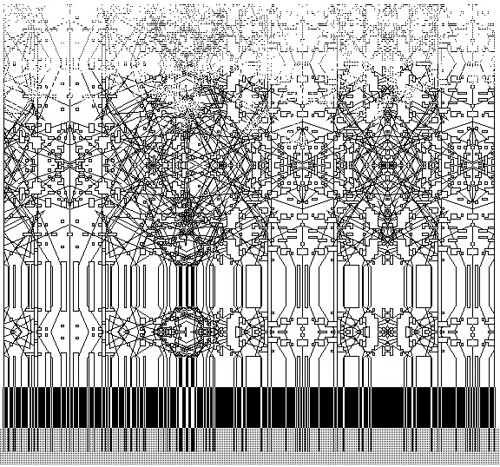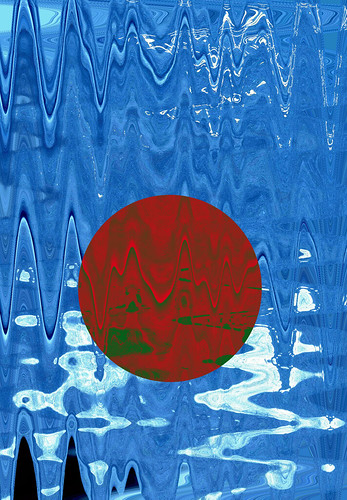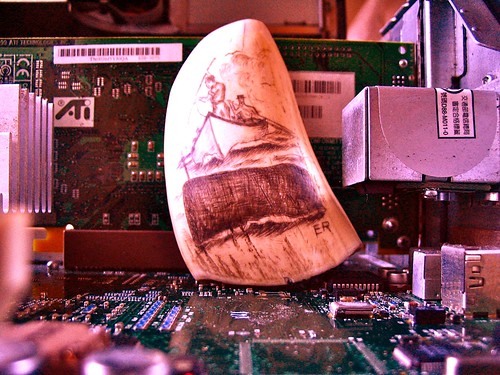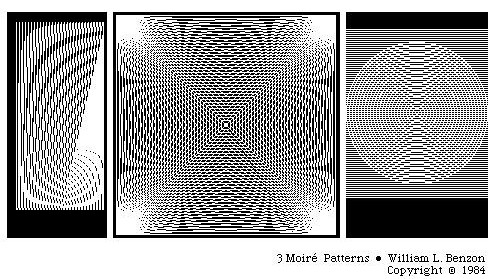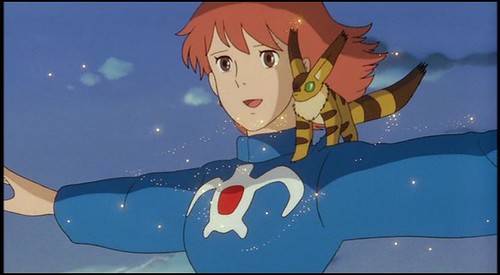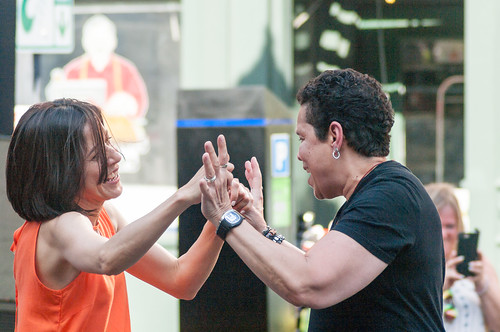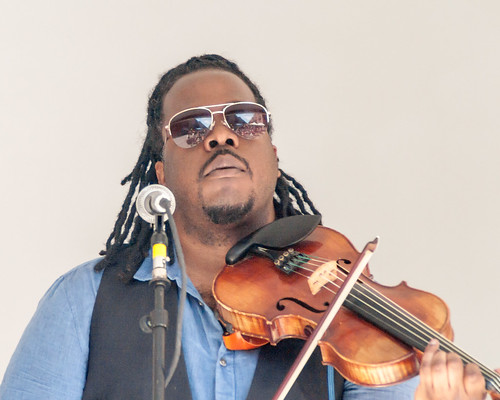David Roberts, in Vox: "States and cities are forming a kind of parallel national government around climate change."
In recoiling from Trump, states, cities, and institutions are entering into closer cooperation. A coalition is forming, a Blue America, and at least on climate change, it is going beyond mere resistance to a more proactive role, negotiating with the international community on its own behalf, like a separate nation.It is, in foreign policy terms, a remarkable development — and while it seems to offer some near-term hope on climate change, it carries troubling implications for the ongoing stability of the country.Blue America, the international negotiator, awakensSince Trump gave the world the finger over Paris, more than 1,400 companies and institutions, 200 cities, and a dozen states have committed to meet the carbon targets the US originally pledged there.There’s been so much activity that it can be difficult to track all the new initiatives and groups. There’s the US Climate Alliance, representing 12 states and about a third of the US population. There’s We Are Still In, representing nine states, hundreds of cities, and thousands of businesses and institutions of higher learning. There’s Climate Mayors, with 338 US mayors representing 65 million constituents. And probably more I’m missing.Just this week, at the US Conference of Mayors in Miami Beach, Florida, US mayors of 1,481 cities signed a unanimous resolution calling on Trump to rejoin the Paris agreement, implement the Clean Power Plan, and help build electric vehicle infrastructure.All of this action was more or less symbolic until earlier this month, when yet another coalition, as yet unnamed — consisting of three governors, 30 mayors, and more than 80 university presidents, led by ex-NYC Mayor Michael Bloomberg — began negotiating with the UNFCCC to have their contributions officially counted alongside other nations in the Paris agreement.
Moreover, "California Gov. Jerry Brown, who represents the world’s seventh-largest economy, has been in China promising ongoing cooperation and support — acting, more or less, as a head of state." Are we moving toward a parallel government?
It is a parallel government with sharply limited powers, of course. Even under optimistic scenarios, it likely can’t achieve the carbon reductions the US would have achieved acting nationally. (The Sierra Club has a good analysis of the potential.)And its legal status is murky. As Harvard’s Robert Stavins told Vox’s Alexia Fernández Campbell, “the Constitution of the United States prohibits subnational entities from carrying out meaningful international agreements.”But that’s only if you take a somewhat legalistic view of “international agreements,” as agreements committing the US as a nation to particular actions. It’s worth remembering that the Paris agreement didn’t commit the US to anything either, not in a legal sense. The agreement contains no mechanism to punish countries that don’t meet their targets. It’s voluntary.
How will this unfold?
What will happen when Red and Blue America starting thinking of themselves as separate countries, and acting that way, consolidating their power and negotiating independently? What happens when they really start fighting?It’s a little dystopian, as it carries the whiff of a second Civil War. But as we’ve learned about dystopias this past decade, they need not happen all at once, dramatically. They can happen in creeping increments, each of which allows for enough of a pause that it comes to seem normal.Right now it’s all fun and games. It’s only Canada. It’s only a voluntary climate treaty. Blue and Red America are not, as yet, wielding conflicting legal authorities, getting involved in internal economic or trade disputes, or seeking explicitly to fight or punish one another.But how long will that last? How long before open (or at least more open) hostilities?





